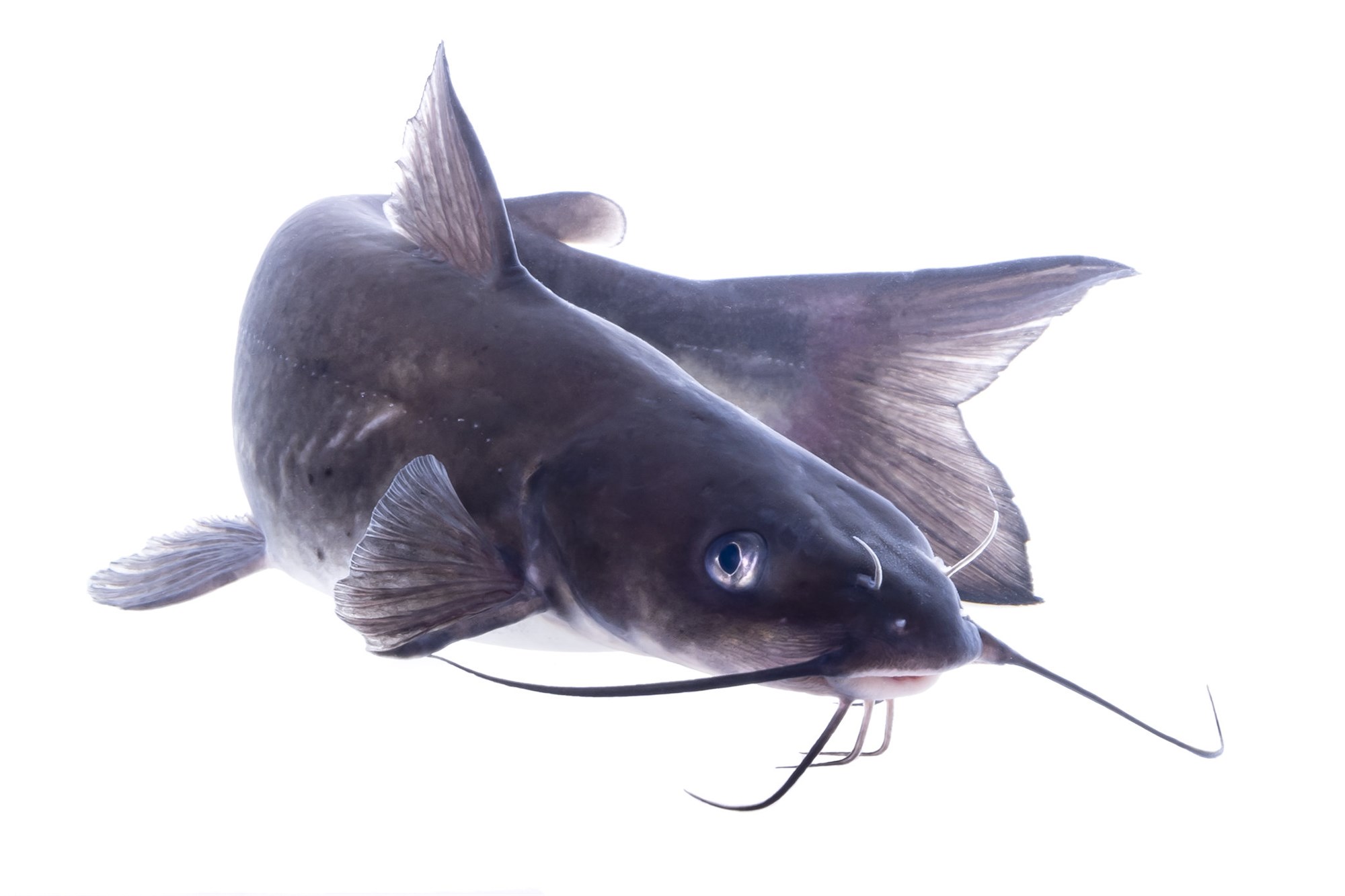News

Accelerometers Provide Insight Into Energy Budgets of Channel Catfish
The catfish aquaculture industry is the largest finfish aquaculture industry in the United States. However, there is limited understanding of the relationship between acceleration, metabolism, and swimming speed for these species. Researchers from Mississippi State University recently published a paper in the journal Aquaculture where Star-Oddi DST micro-ACT activity and accelerometry data loggers were implanted into channel catfish (Ictalurus punctatus) to study the aforementioned relationships.
Tail beat frequency (TBF) derived from acceleration
Eight juvenile channel catfish were surgically implanted and allowed to recover for 5 days with several other catfish. Then each fish underwent a critical swimming speed test at 20°C in a Blazka-style swim tunnel respirometer for measurement of metabolic rate. Data loggers were set to record acceleration at 10Hz, storing the raw data. Overall dynamic body acceleration (ODBA) and TBF was calculated from the raw accelerometry measurements and validated with visual observation. This allowed the researchers to determine the relationship between acceleration, metabolism, and water velocity.
All variables increased with water velocity
ODBA and TBF both showed an exponential relationship with increasing water velocity as expected. The overall dynamic body acceleration increased about 3.2 times while TBF increased 1.5 times from water velocities of 30cm/s to 60cm/s. The relationship between ODBA and metabolism was 1:1. In conclusion, the authors highlight the benefits of using fine scale biologging information such as acceleration to increase the understanding of metabolic processes and energy expenditure which will help maximize aquaculture productivity.
The paper titled The relationship among acceleration, metabolism, and tail beat frequency of channel catfish (Ictalurus punctatus) during critical swimming speed tests can be accessed here